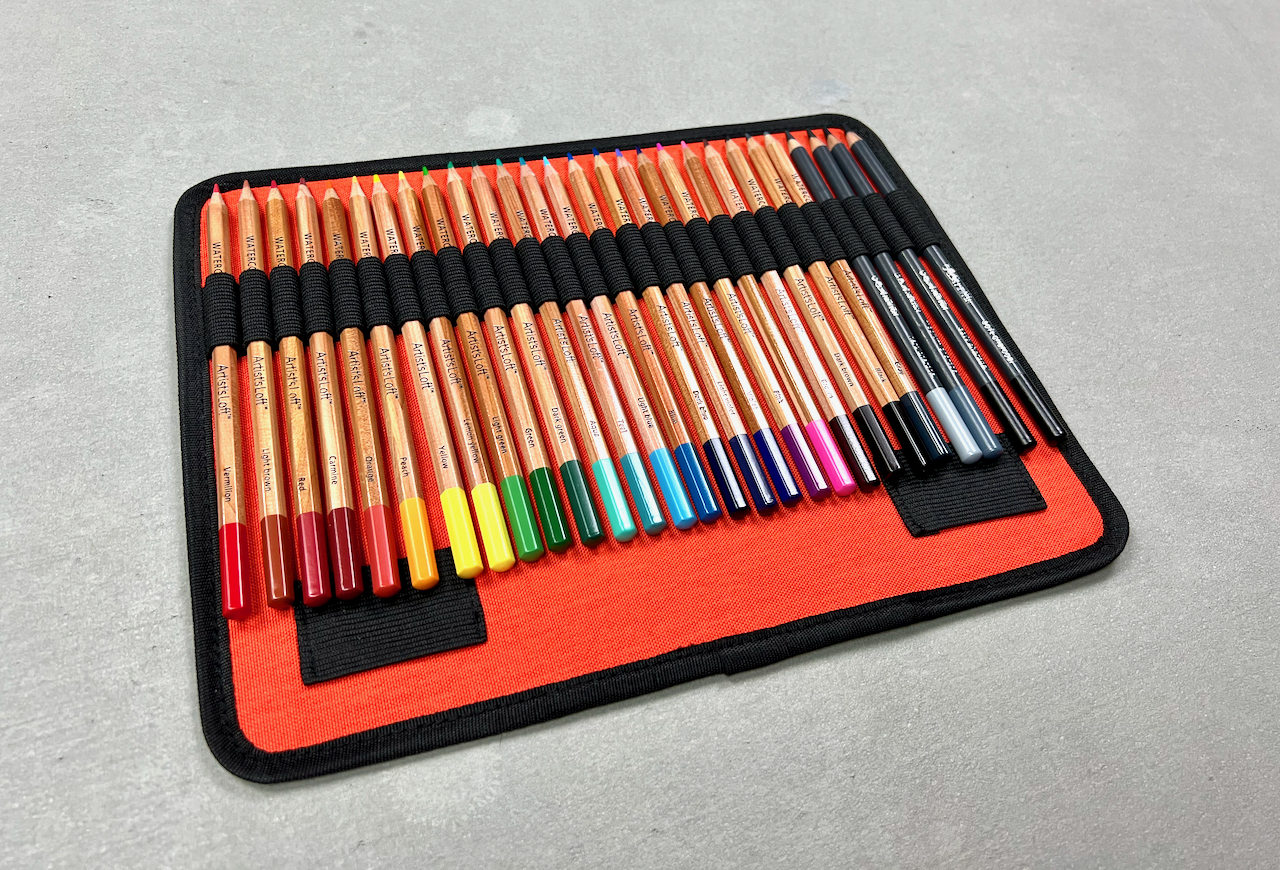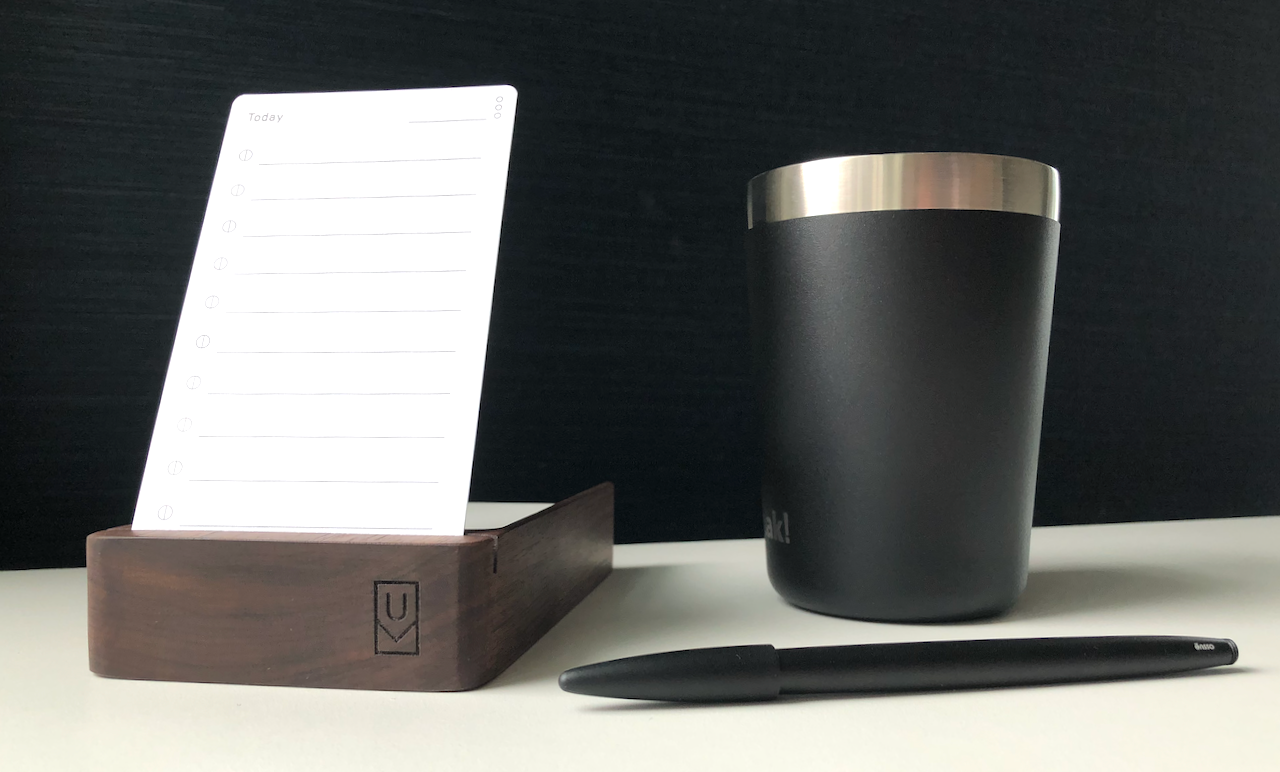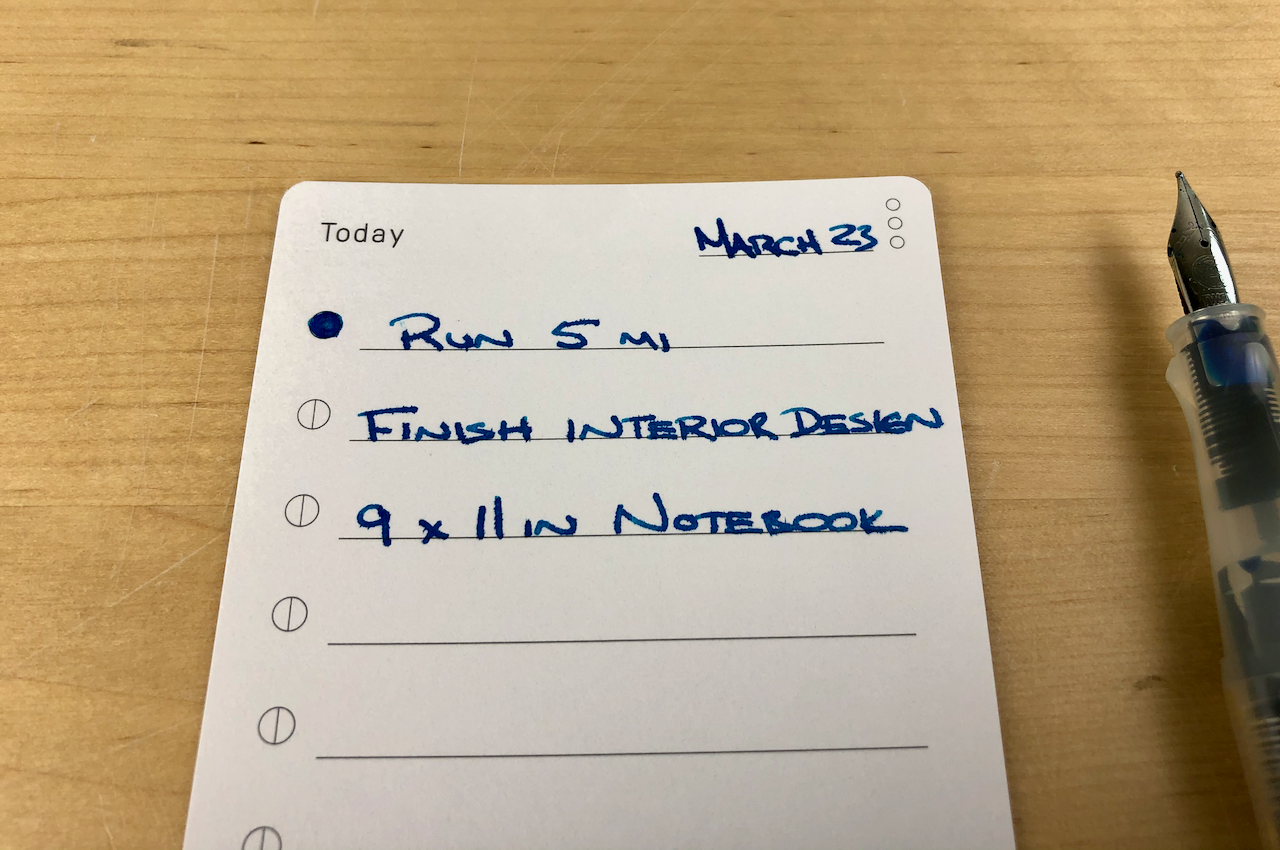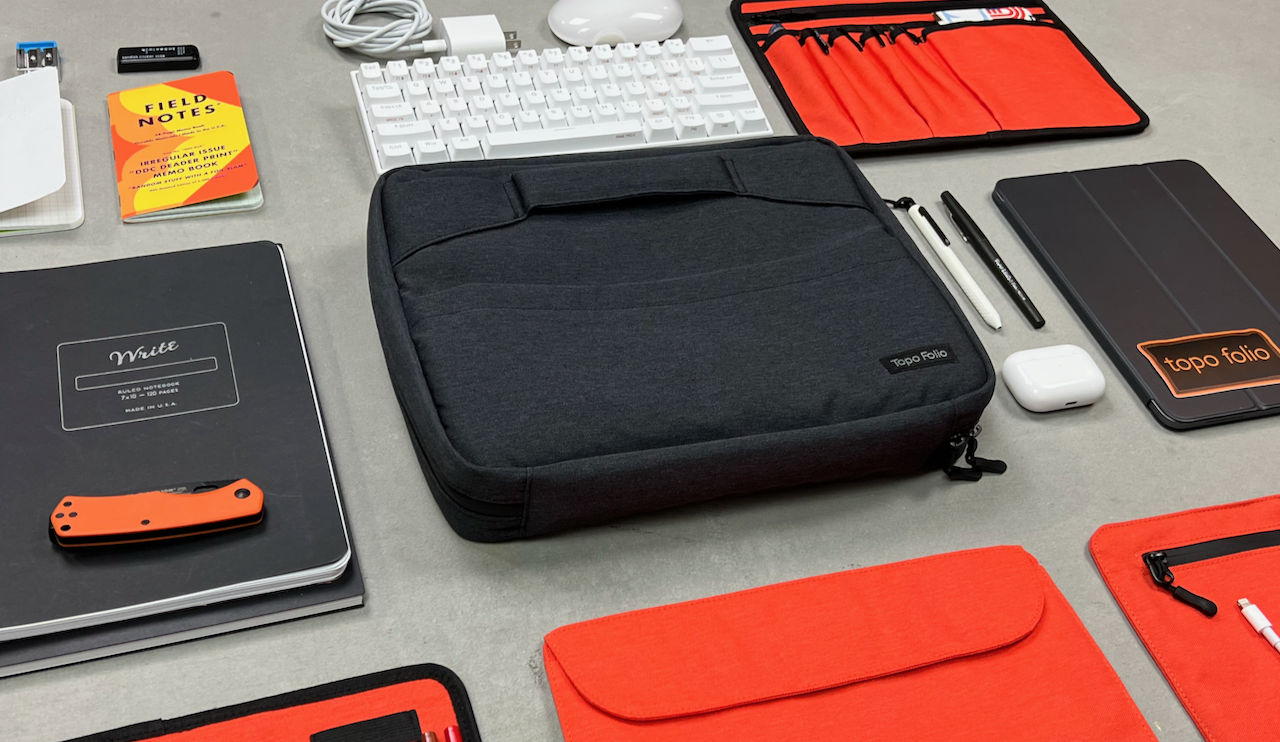Notecards or Notebooks…Let’s do this!
Are you Team Notebook or Team Notecard?
I am Team Notebook all the way and the reason I have taken a month of time to see if notecards would work better for everyday use. The result…I like the notecards for one specific thing and I will never stop using them for this one thing.
When reading, I stash a pile of notecards in the back of the book and take notes along the way to keep as a bookmark, take notes, write down quotes, mark important parts of the book, and also move notes to my notebook for use later.
I never would have thought of this if I hadn’t gone down this road of figuring out why anyone would use a notecard over a pocket notebook.
I have always used Field Notes for my daily items to stay focused on what I think needs to get done.
Notecards aren’t just good for books though. There are whole systems designed around using them for organization, writing books, and getting things done. One guy even developed a whole bullet journal system using notecards.
Notecards
So let’s talk about notecards and why they are great:
Inexpensive - Compared to the popular pocket notebooks these are cheap, a 100 pack is $0.75.
Easy to rearrange - The obvious difference is the possibility to change cards around as needed.
Carry - They are easy to carry around and slip in a pocket.
Hand out tasks - If you are like me and like to give your kids chores, this is a great benefit.
Satisfaction - Getting to the end of the day and physically throwing out the tasks you wrote down on a card is a great feeling!
School - Still the go-to for flash cards and presentations
Simple idea capture - Similar to using them like post-it notes without the sticky side they help keep your thoughts accessible.
Designs and layouts - If you haven’t noticed, there are a lot of notecard choices out there. There are about 4 different sizes and all the standard notebook layouts like dot grid, square grid, lined and blank.
Limited space - With only inches to work with, it limits what you carry around with you and doesn’t mean you need to get weighted down with everything, just what is important.
Visual - Keeping the cards I am working through on my desk is a great reminder and keeps tasks front of mind.
Notebooks
If you are Team Notebook then you already know how great having a pocket notebook around is. Let’s list the benefits just to be complete:
Larger tasks - Not everything you need fits on a card. With roughly 48 pages to work with, you can expand on thoughts, and keep ongoing projects in one place.
Keeping track - Pocket notebooks are just large enough to keep track of them and remember where you put them.
Organized - Having pages instead of individual cards helps keep different thoughts organized but all in the same place.
To-Do Lists - This is great for multiple to-do lists so you don’t need several places to keep them.
Brainstorming and Brain-dumps - Having multiple pages to flow over onto helps creative thoughts going and not having to look for extra cards.
Size - The size of 24 cards, vs 24 pages is much larger due to the weight of the paper used for cards
Designs - These come in so many different sizes and layouts. My favorite is Field Notes and the latest edition is a good one.
Binding - With a cover to protect the pages and all the pages staple bound I don’t need to worry about a rubberband to keep them all together or or separate case to hold the pages.
Extra items - I like to add things to my notebook with a paperclip and with the cover it helps to keep these safe.
Storage - Once my notebook is full I add the final date and save it chronologically or by project which I feel like would be more difficult to do with cards.
I recently have been adding the Analog system notecards into my rotation. To check these cards out click on the image for a full review on them.
Summary
I am really excited about using cards going forward for my reading and I am currently working through Undaunted Courage by Stephen Ambrose about the Lewis and Clark Expedition. The audible version was so bad I couldn’t make it through so I reverted to the paperback for this one.
Let me know what team you are on and also if you have any ideas about using either notecards or notebooks!
Thanks for checking out my blog and if you have anything I should focus on please let me know!
Mike :)




























